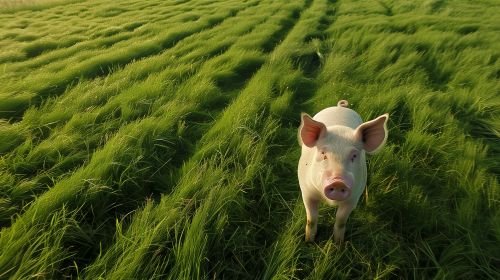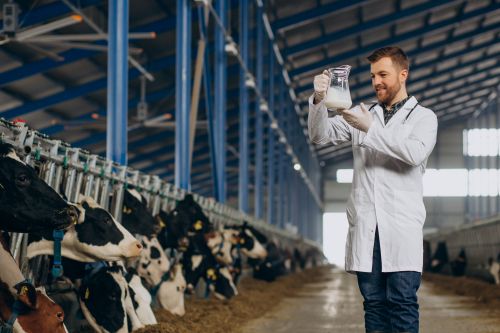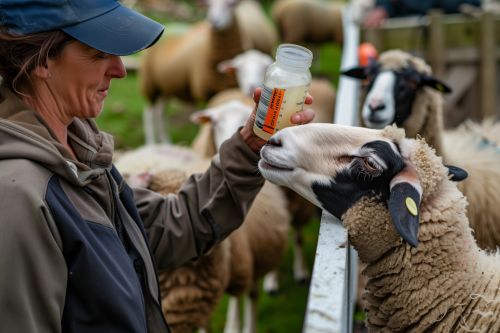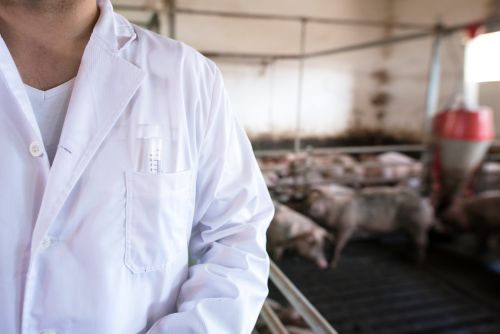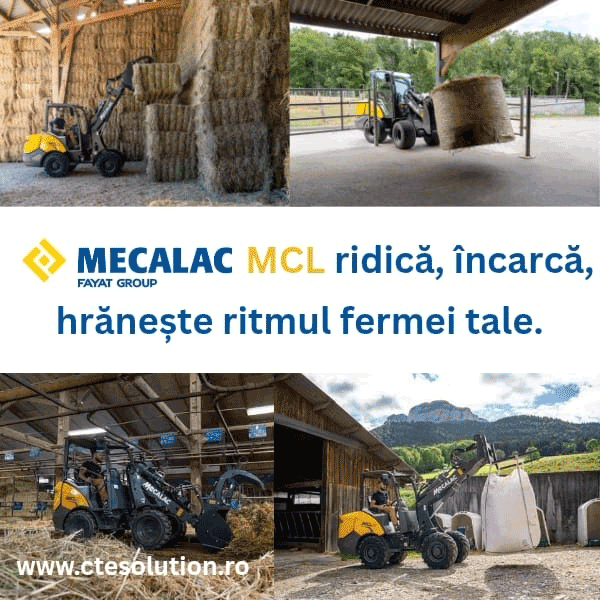245

Excessive dispersion of agricultural land is one of the greatest structural challenges facing Romanian agriculture. According to the National Institute of Statistics (2024), over 52% of agricultural holdings have less than 5 hectares, while the national average is 3.6 ha per farm — almost six times smaller than the EU average. This fragmentation reduces productivity, hinders mechanization, and increases administrative costs.
Land consolidation is considered by the European Commission an essential tool for improving efficiency and reducing environmental pressure. Larger and more coherent farms allow for sustainable crop rotations, optimized irrigation, and reduced resource losses. In Romania, the process has only started modestly: according to AFIR, just 12% of projects financed under the CAP Strategic Plan 2023–2027 include investments in land consolidation.
The main obstacle is not the lack of willingness but a complex legal framework. Multiple heirs, incomplete land registration, and low transaction values discourage consolidation. However, rural development specialists estimate that through the implementation of new consolidated leasing and digital land-renting measures, farms could achieve 20–30% higher yields without increasing their cultivated area.
Land consolidation should not be seen as forced uniformity but as a logical reconstruction of agricultural space. Through local cooperation, functional cadastral systems, and fiscal incentives, Romania can turn fragmentation into an opportunity for modernizing family farms.
(Photo: Freepik)
